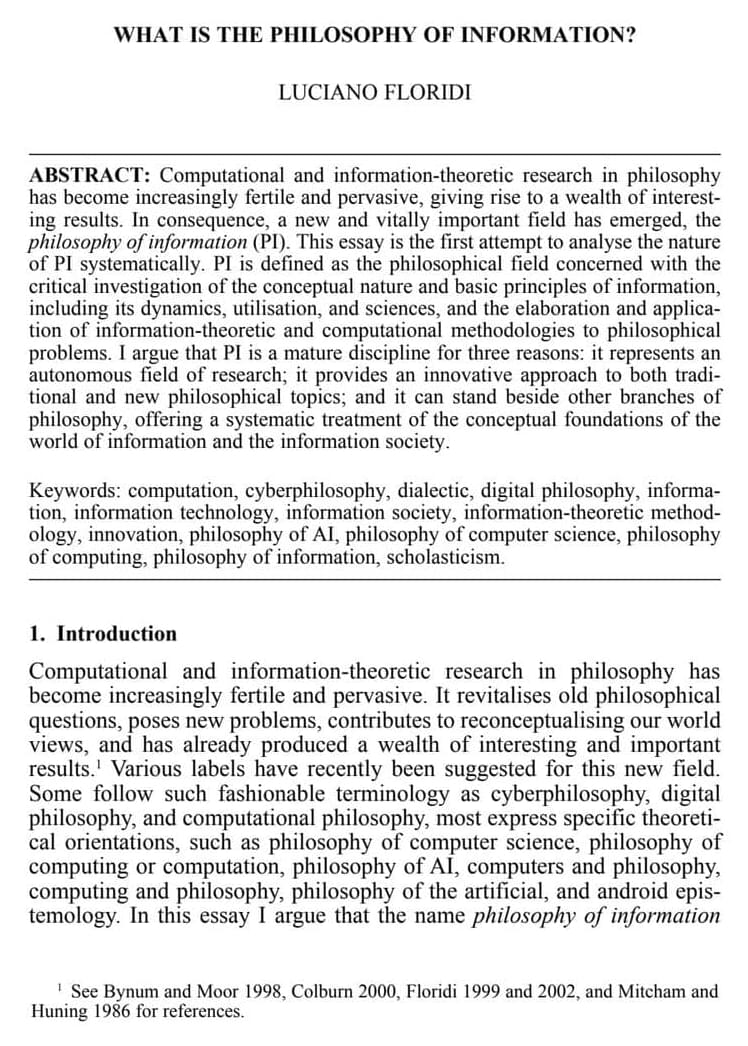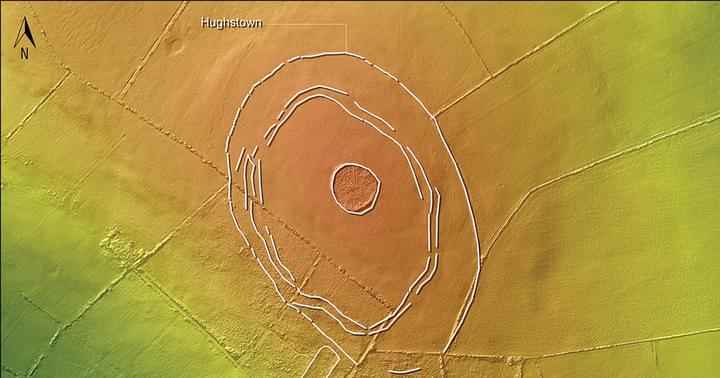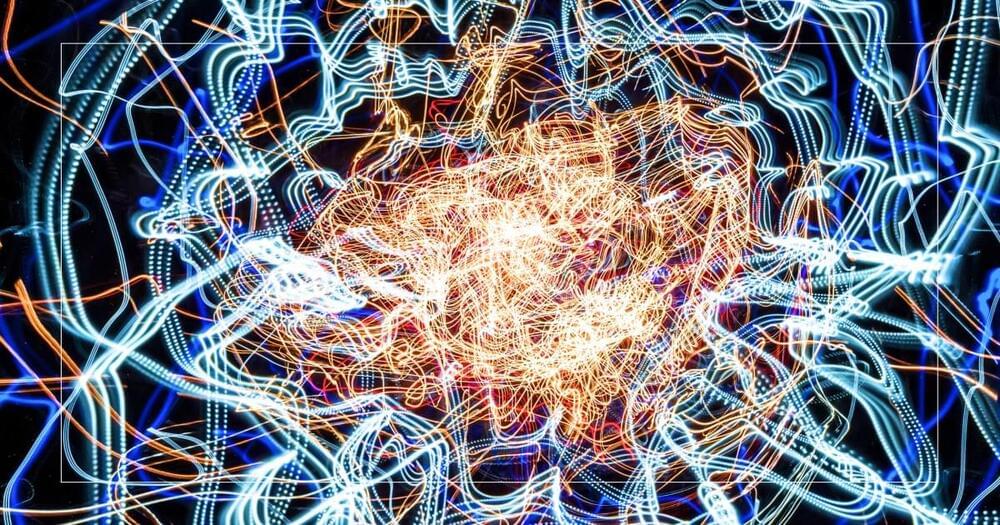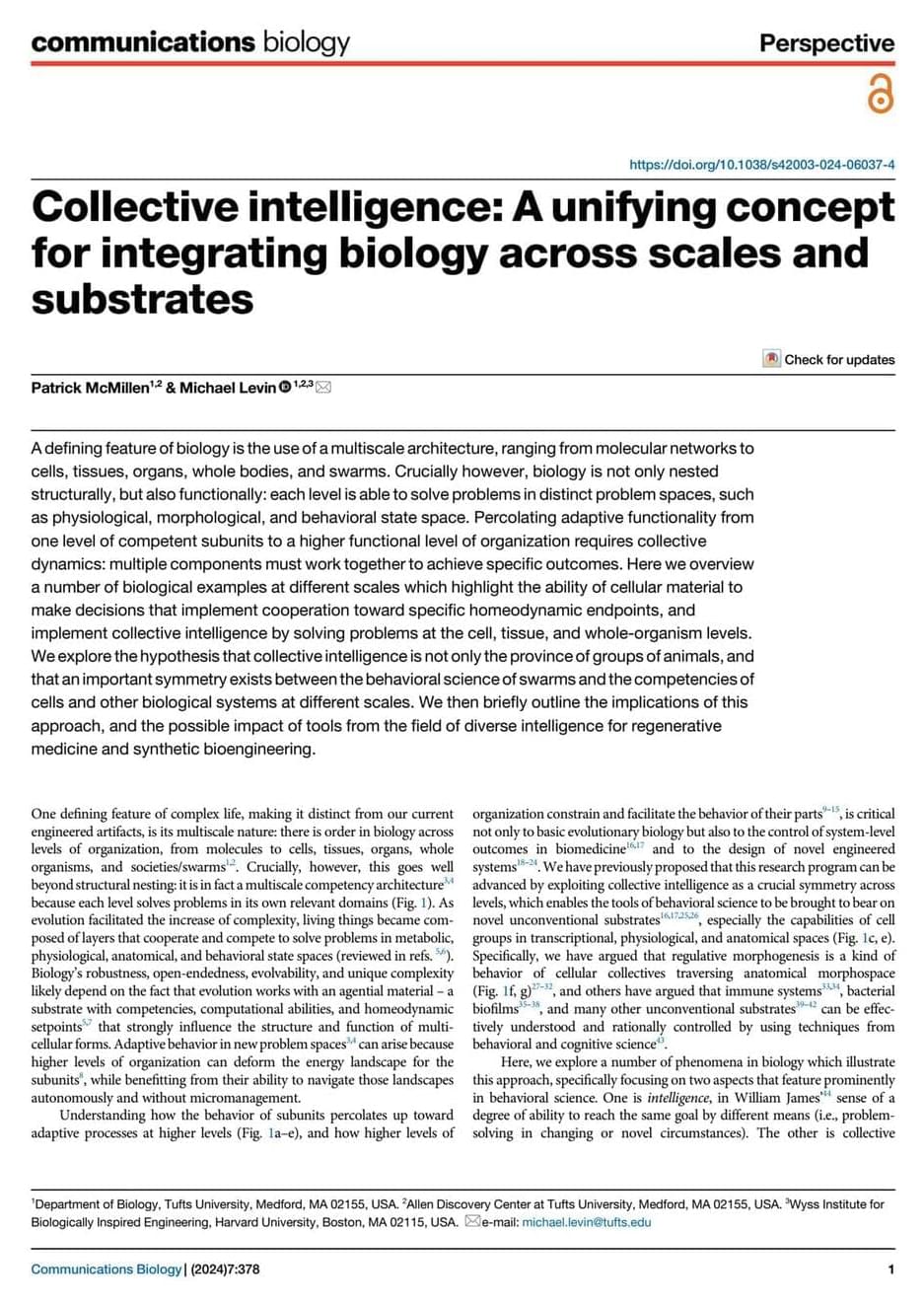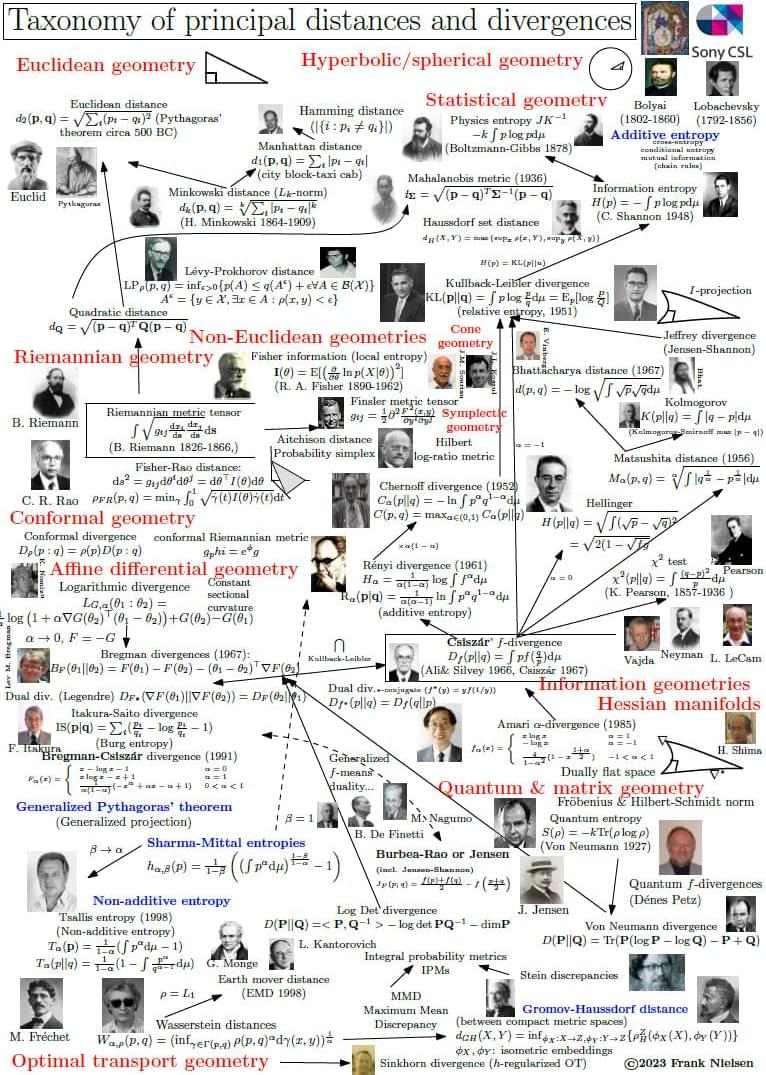They’ll be kind, supportive, empathetic.
DeepMind cofounder and Microsoft AI CEO Mustafa Suleyman took the stage at TED2024 last week to lay out his vision for an AI-driven future. And according to the AI boss, if you really want to grasp how impactful AI might be to the human species, it might be useful to think of AI as another “species” entirely.
“I think AI should best be understood as something like a new digital species,” Suleyman — who left the Google-owned DeepMind lab in 2022 — told the crowd.
“Now, don’t take this too literally,” he admonished, “but I predict that we’ll come to see them as digital companions, new partners in the journeys of all our lives.”

